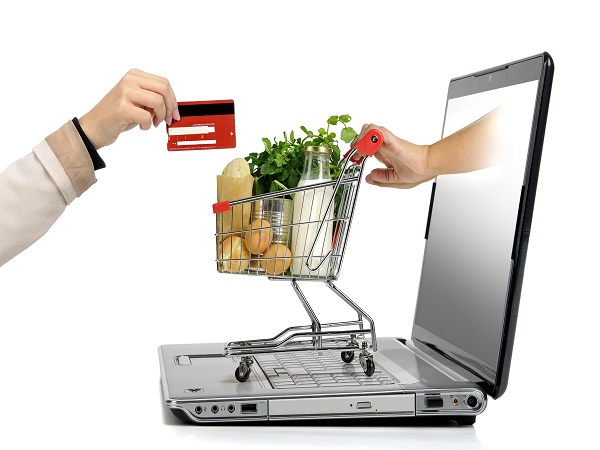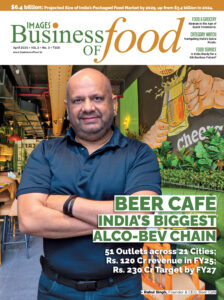The evolution of F&G e-commerce channels in India has been characterized by a multitude of significant developments that have shaped the landscape. These developments have paved the way for a transformative experience for consumers, revolutionizing the way they procure their everyday household necessities. The last twelve years of evolution of online F&G retail in India…




